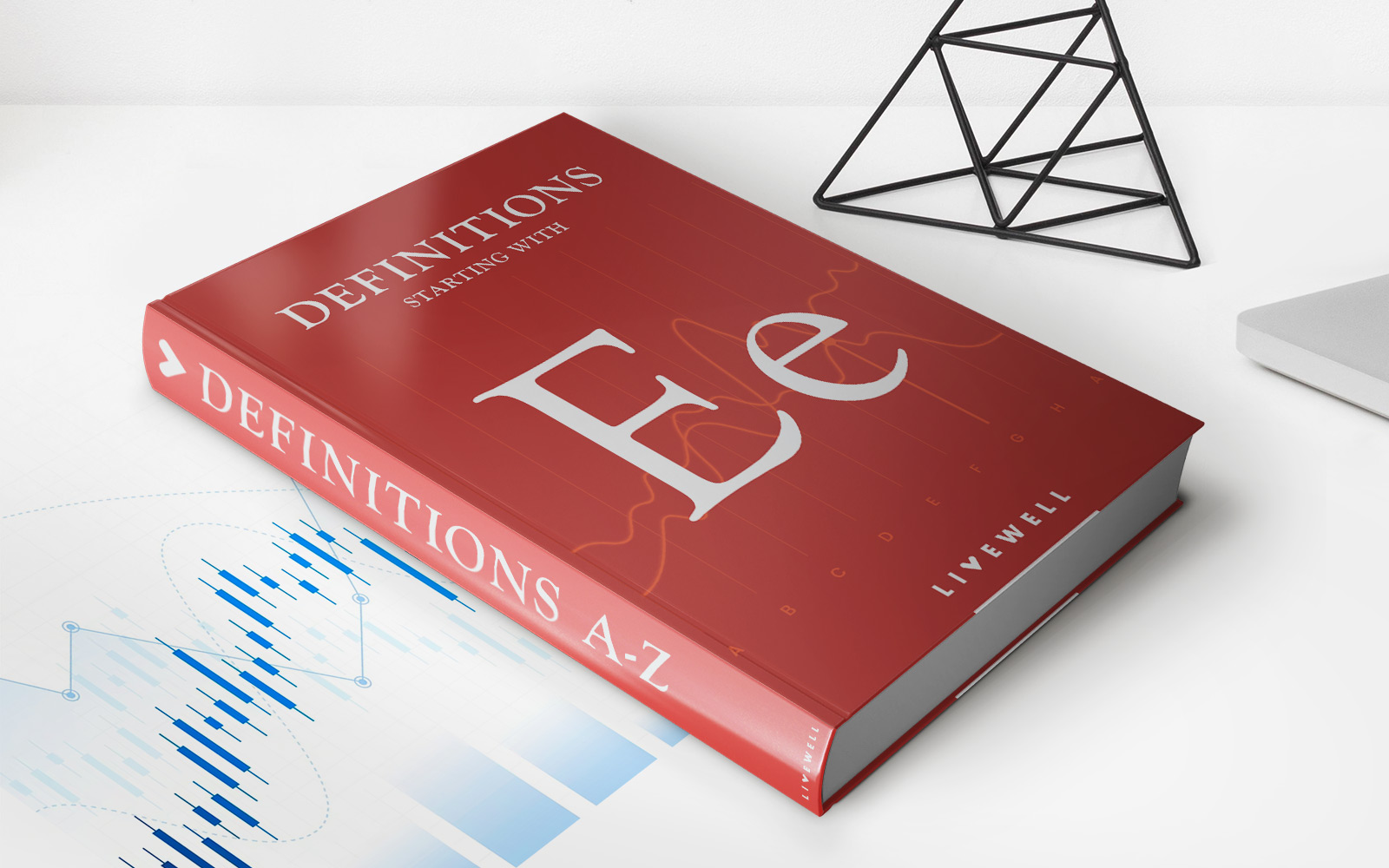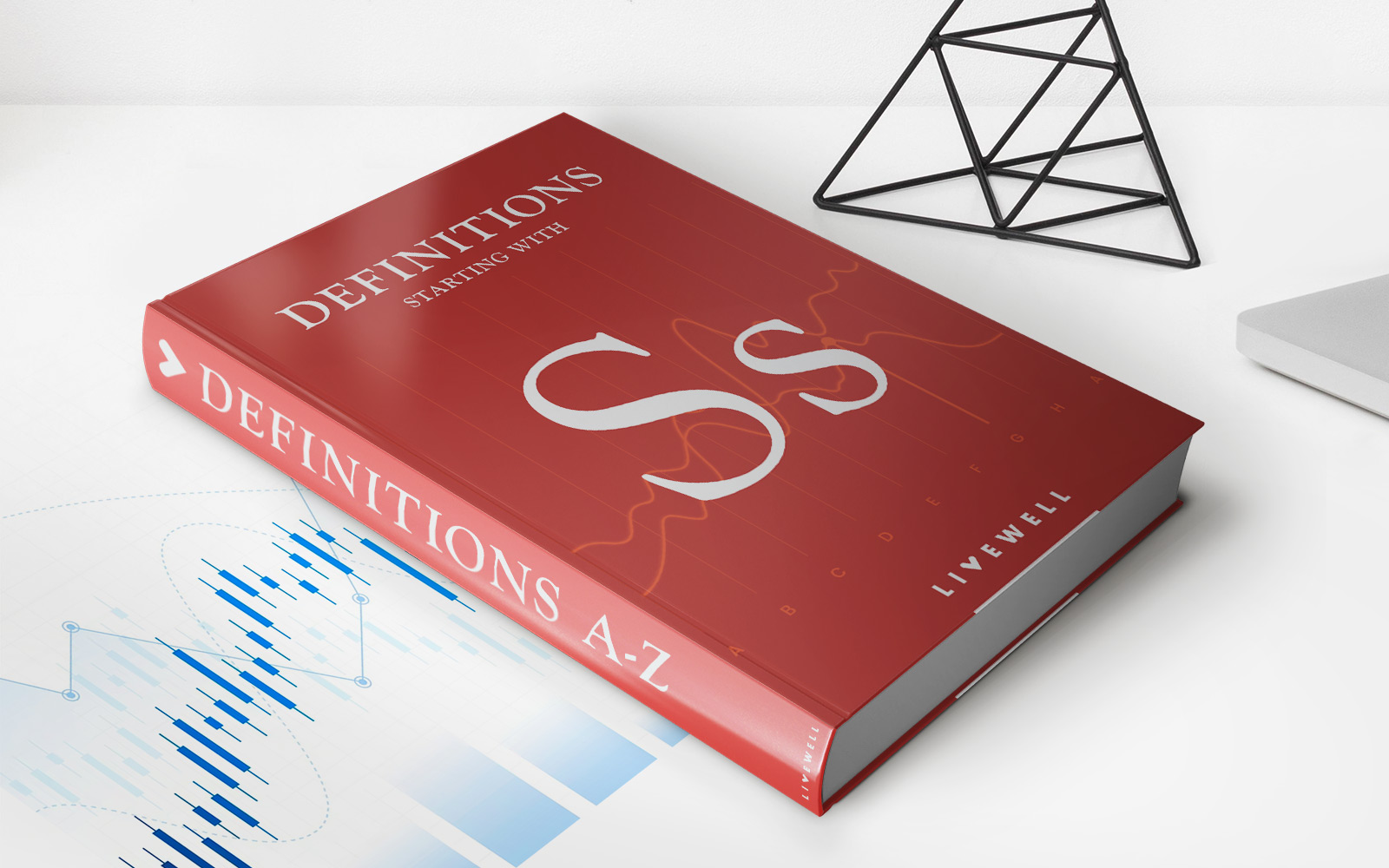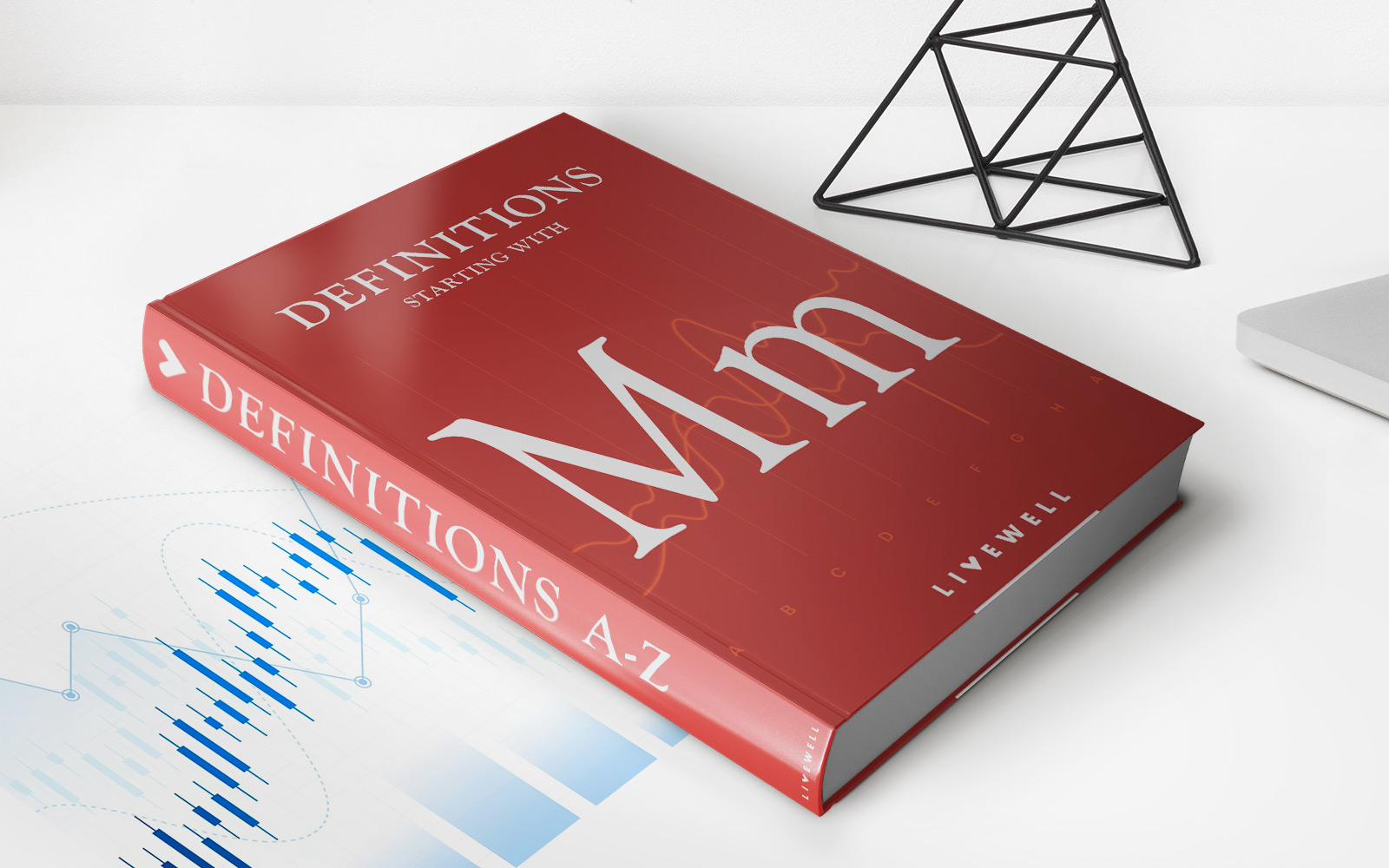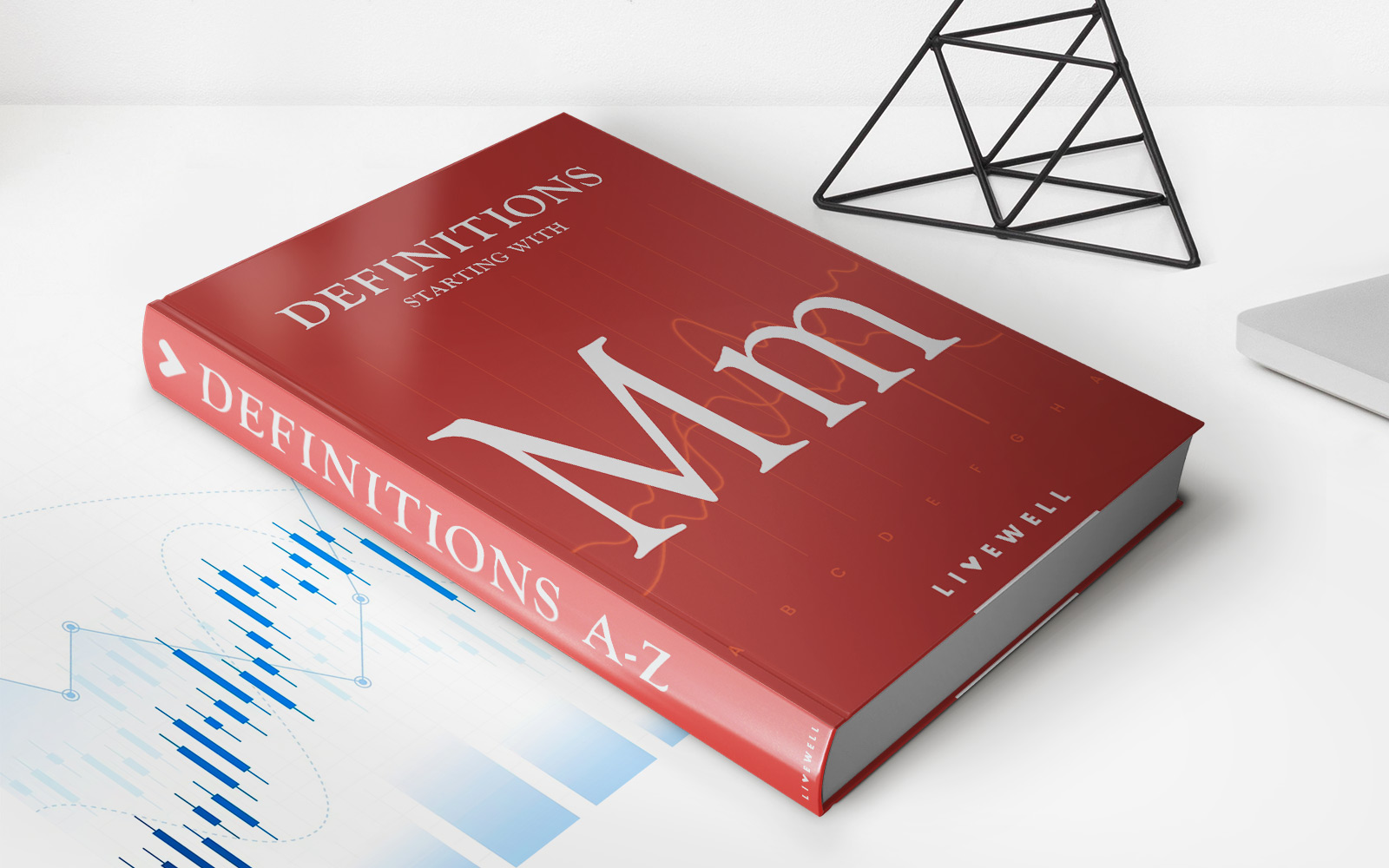Home>Finance>Macroeconomic Stabilization Fund (FEM) Definition
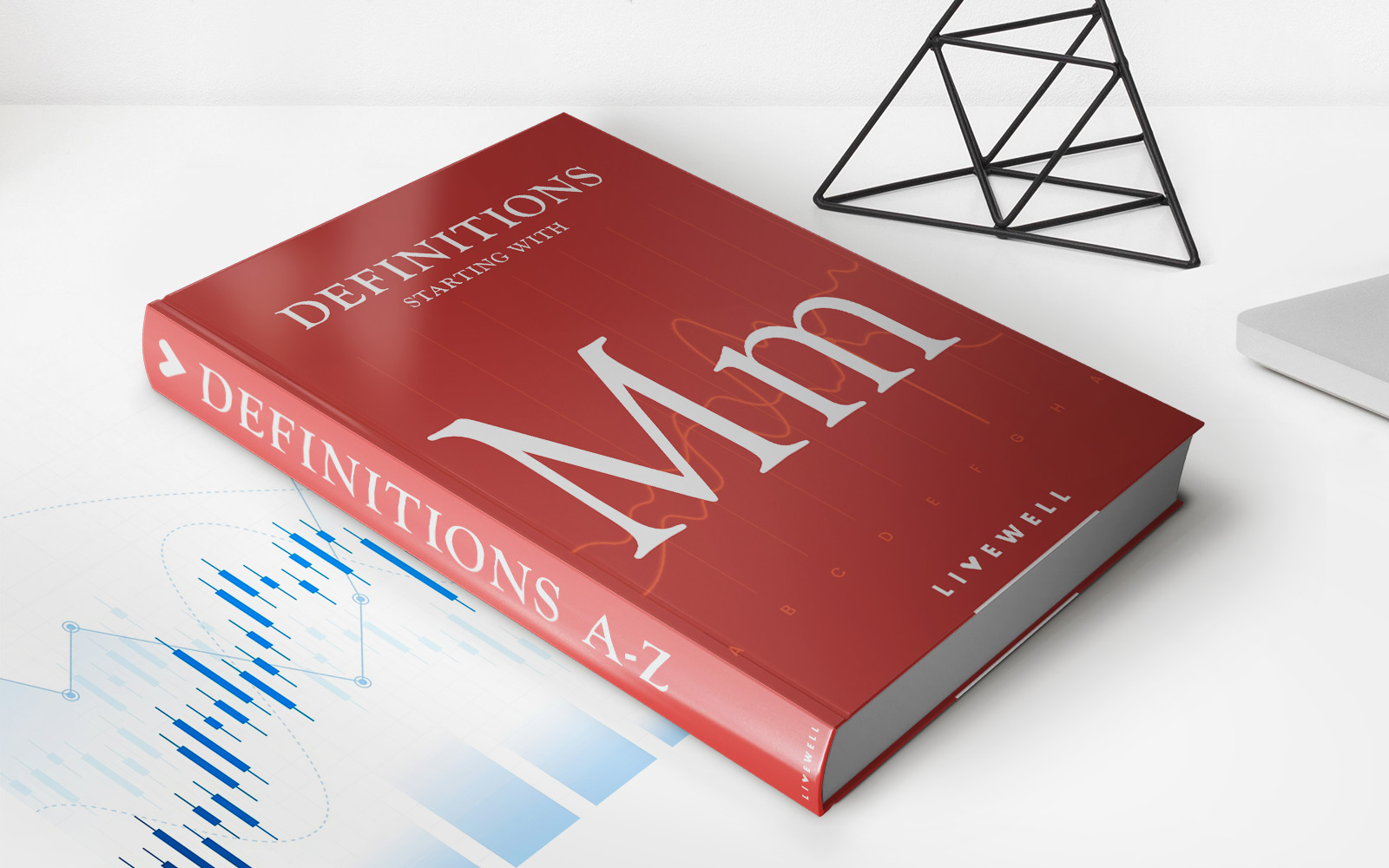

Finance
Macroeconomic Stabilization Fund (FEM) Definition
Published: December 21, 2023
Learn the definition of the Macroeconomic Stabilization Fund (FEM) in finance and how it contributes to economic stability and growth.
(Many of the links in this article redirect to a specific reviewed product. Your purchase of these products through affiliate links helps to generate commission for LiveWell, at no extra cost. Learn more)
Understanding the Macroeconomic Stabilization Fund (FEM)
When it comes to navigating the complex world of finance, it’s essential to have a clear understanding of various financial instruments and concepts. One such concept that plays a crucial role in stabilizing economies is the Macroeconomic Stabilization Fund (FEM). In this blog post, we’ll delve into the definition of FEM and its significance in the world of finance.
Key Takeaways:
- The Macroeconomic Stabilization Fund (FEM) is a financial instrument used to counterbalance economic fluctuations.
- FEM is typically established by governments to ensure stability in times of economic crisis.
The primary purpose of the Macroeconomic Stabilization Fund (FEM) is to act as a safeguard against economic volatility. This financial instrument is usually established by governments to accumulate funds during periods of economic growth and prosperity. These funds can then be utilized to stabilize the economy during times of downturns or crises, helping to prevent catastrophic consequences.
Why is the Macroeconomic Stabilization Fund important?
- Economic Stability: FEM plays a crucial role in maintaining economic stability by providing a buffer against shocks and fluctuations. By accumulating funds during good times, governments can ensure they have the necessary resources to support the economy during turbulent periods.
- Reduced Uncertainty: The existence of a Macroeconomic Stabilization Fund helps reduce uncertainty among investors, businesses, and citizens. Knowing that there are reserves in place to counter economic crises instills confidence and can help prevent panic in the market.
During an economic crisis, governments can tap into the Macroeconomic Stabilization Fund to stimulate the economy through various means. These measures may include increased government spending, tax cuts, or targeted investments to key industries. By injecting funds into the economy, governments can help boost aggregate demand, encourage business growth, and mitigate the negative impact of the crisis.
It’s important to note that the establishment and management of a Macroeconomic Stabilization Fund require careful planning and oversight. Governments must strike a balance between accumulating sufficient funds during periods of growth and ensuring they are accessible when needed. Additionally, transparent governance and sound financial management practices are crucial to maintain the credibility and effectiveness of such funds.
In conclusion, the Macroeconomic Stabilization Fund (FEM) is a vital tool in maintaining economic stability during times of crisis. By accumulating funds during periods of growth, governments can provide a safety net against economic volatility and uncertainty. This financial instrument plays a crucial role in supporting economies and instilling confidence among investors and citizens alike.

